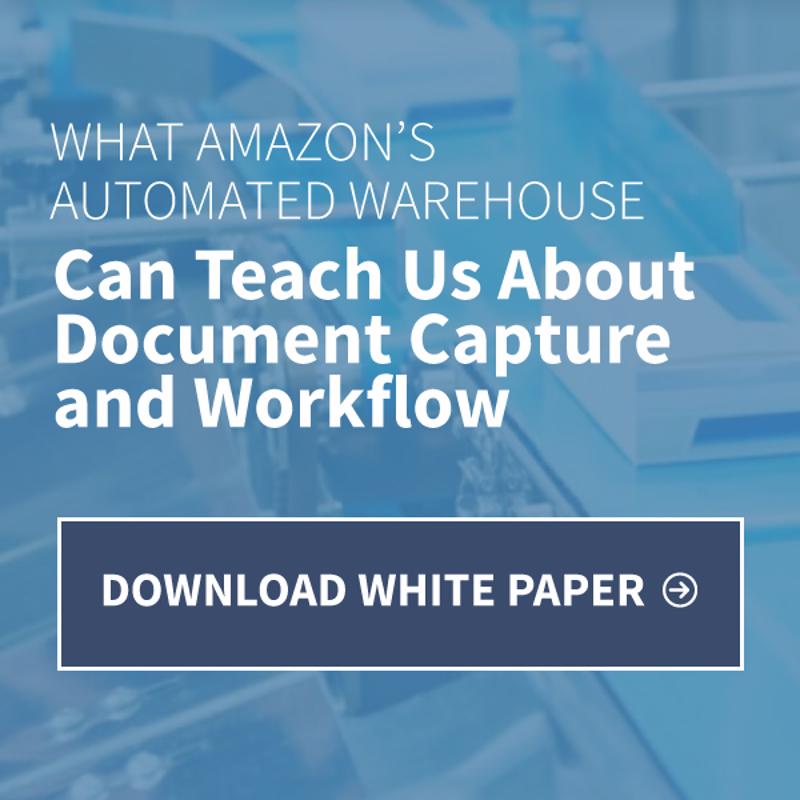
A paperless plan is vital for schools
With so many school districts moving to at least paperless offices, if not classrooms, the time seems right for any stragglers to make the transition. However, experts agree that it's vital to take an approach that will work well for each school's unique document management needs, rather than just setting the goal of going paperless for the sake of doing so.
A paperless school office or classroom can be a wonderful way to both improve operational efficiencies and educational outcomes. However, if educators and decision-makers do not put together a comprehensive plan – and assess all their needs – before undertaking the process, they could make some missteps, according to Schoology. For instance, if a school has a large population of students who do not have access to cutting-edge technology at home, switching to entirely paperless processes could end up leaving those students behind their peers.
What to consider
As a consequence, taking a broad-based look at students' educational needs may help identify areas where a purely paperless classroom might not be totally effective, and others where access to that kind of technology can be a solid foundational support for better student grades and engagement, the report said. The latter case may be important in highly collaborative classrooms or on certain projects, or when simply trying to reduce consumption of paper and associated supplies.
Assessing background needs
While the transition to paperless processes for any school is certainly going to be classroom-focused, it's also vital to ensure that administrators and teachers have the right document management tools at their disposal going forward, according to PDR. This may be particularly important, as schools transition from controlling massive quantities of paper files into cloud-based document management, which requires plenty of backfile scanning efforts.
When comprehensive plans are enacted in this regard, all involved in the transition to, and ongoing management of, these systems will have a clear roadmap, improving communication and collaboration, and getting the most out of these platforms, the report said.
As decision-makers approach the paperless classroom issue, the more groundwork they can lay before beginning the transition – with proper planning and training – the better off they will be when it comes to making the switch seamlessly.

